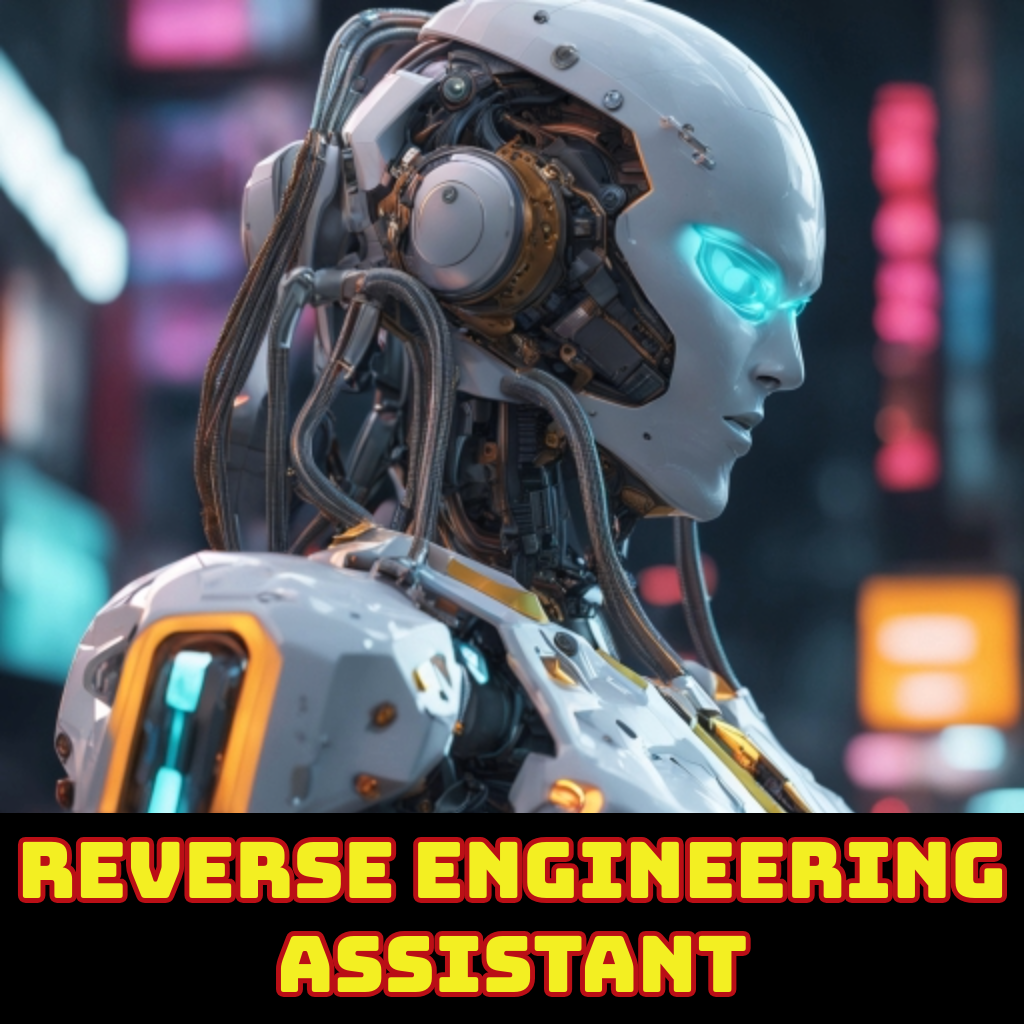rea: AI-Powered Reverse Engineering Tool with RAG and LLMs

Project Overview
| GitHub Stats | Value |
|---|---|
| Stars | 26 |
| Forks | 2 |
| Language | Jupyter Notebook |
| Created | 2024-08-02 |
| License | Apache License 2.0 |
Introduction
The Reverse Engineering Assistant, or ‘rea’, is a cutting-edge tool designed to enhance reverse engineering tasks through the integration of machine learning and retrieval-based systems. Leveraging Retrieval-Augmented Generation (RAG) and the LLaMA-3.1-8B-Instant Large Language Model, this project aims to revolutionize the field by providing more accurate and contextually relevant outputs. By combining generative models with retrieval-based methods, ‘rea’ offers a powerful solution for those involved in reverse engineering, making it a worthwhile exploration for anyone looking to streamline and improve their workflow.
Key Features
Overview
The Reverse Engineering Assistant (REA) is a tool designed to enhance reverse engineering tasks by leveraging Retrieval-Augmented Generation (RAG) and the LLaMA-3.1-8B-Instant Large Language Model (LLM). Here are the key features and capabilities of the project:
Key Components
- Indexer: Creates an index of the corpus to facilitate efficient retrieval of relevant documents.
- Retriever: Retrieves relevant documents from the indexed corpus based on the input query.
- Generator: Generates responses conditioned on the retrieved documents.
RAG Architecture
The RAG model combines these components to produce more accurate and contextually relevant outputs. It involves:
- Indexing: Preprocessing the corpus to create an index.
- Retrieval: Selecting top documents based on their relevance to the input query.
- Generation: Producing a response based on the input query and the retrieved documents.
Implementation Details
- Training: The RAG model is trained in three stages: indexer, retriever, and generator.
- Inference: During inference, the model follows the steps of indexing, retrieval, and generation.
Capabilities
- Data Ingestion: Supports ingesting data from files, such as PDFs.
- Chunking: Splits text into manageable chunks using a sentence splitter.
- Embedding Model: Uses Hugging Face embeddings for vector representation.
- LLM Integration: Utilizes the Groq LLM model for generating responses.
- User Interface: Provides a Gradio interface for querying the system.
Installation and Setup
- Requires setting up a Conda environment with specific packages.
- Involves installing various dependencies, including
llama-index,huggingface-hub,groq, andgradio. - Users need to set up an API key for the Groq model.
Usage
- Users can query the system using a text box interface provided by Gradio.
- The system generates responses based on the query by leveraging the indexed documents and the LLM model.
Contributing and License
- Open to pull requests and contributions.
- Licensed under the Apache License, Version 2.0.
Real-World Applications
Overview
The Reverse Engineering Assistant (REA) project leverages Retrieval-Augmented Generation (RAG) and the LLaMA-3.1-8B-Instant Large Language Model (LLM) to enhance reverse engineering tasks. Here are some practical examples of how users can benefit from and explore this repository:
Data Ingestion and Indexing
- Document Loading: Users can load documents from various file formats (e.g., PDFs) using the
SimpleDirectoryReaderclass.reader = SimpleDirectoryReader(input_files=["files/reversing-for-everyone.pdf"]) documents = reader.load_data() - Chunking: Documents can be chunked into manageable pieces using the
SentenceSplitterclass.text_splitter = SentenceSplitter(chunk_size=1024, chunk_overlap=200) nodes = text_splitter.get_nodes_from_documents(documents)
Embedding and LLM Integration
- Embedding Model: Use pre-trained embedding models like Hugging Face’s sentence transformers to generate embeddings for the chunks.
embed_model = HuggingFaceEmbedding(model_name="sentence-transformers/all-MiniLM-L6-v2") - LLM Model: Integrate with LLMs such as Groq’s LLaMA model for generating responses.
llm = Groq(model="llama-3.1-8b-instant", api_key=GROQ_API_KEY)
Querying the Index
- Vector Store Index: Create a
VectorStoreIndexto store and retrieve documents based on their embeddings.vector_index = VectorStoreIndex.from_documents( documents, show_progress=True, node_parser=nodes ) - Query Function: Define a query function that uses the
VectorStoreIndexand LLM to generate responses to user queries.def query_function(query): response = query_engine.query(query) return response
User Interface
- Gradio Interface: Use Gradio to create an interactive interface where users can input queries and receive responses.
iface = gr.Interface( fn=query_function, inputs=gr.Textbox(label="Query"),
Conclusion
Key Points:
- Technological Innovation: The REA project leverages Retrieval-Augmented Generation (RAG) and the LLaMA-3.1-8B-Instant Large Language Model (LLM) to revolutionize reverse engineering tasks by combining machine learning with retrieval-based systems.
- Efficiency and Accuracy: The RAG architecture, consisting of an indexer, retriever, and generator, enhances the accuracy and contextuality of responses by incorporating external knowledge from large corpora.
- Practical Applications: The tool is designed to assist in reverse engineering by providing coherent and contextually appropriate responses, making it a powerful approach for tasks requiring access to external knowledge.
- Future Potential: The project has significant potential for expansion in various fields that require reverse engineering, such as software development, hardware analysis, and cybersecurity, by continuously improving the accuracy and efficiency of the RAG model.
- Community Engagement: The project is open to contributions, encouraging community involvement to enhance its capabilities and ensure it remains relevant and effective.
Summary
The REA project is a groundbreaking initiative that integrates advanced NLP techniques with large language models to enhance reverse engineering processes. Its impact lies in its ability to provide accurate and contextually relevant responses, making it a valuable tool for various technical fields. The project’s future potential is substantial, with ongoing improvements and community contributions expected to further its capabilities.
For further insights and to explore the project further, check out the original mytechnotalent/rea repository.
Attributions
Content derived from the mytechnotalent/rea repository on GitHub. Original materials are licensed under their respective terms.
Stay Updated with the Latest AI & ML Insights
Subscribe to receive curated project highlights and trends delivered straight to your inbox.